| 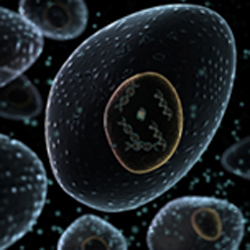 |
Cells to systems
This area includes practicals that explore the properties, structure and function of tissues from complex organisms, as well as differentiation of cells to produce those tissues. It also includes observations of simpler organisms such as microbes. |
|  |
Energy
In this area you will find activities relating to photosynthesis and to cellular respiration, linked by the concept of energy transfer in living systems, and making connections between plants, animals and carbon dioxide in the atmosphere. |
| 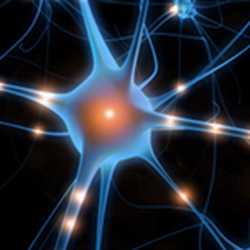 |
Control and communication
Practicals here will explore sense organs, reflex reactions and compare nerves and hormones as methods of communication in living systems. |
| 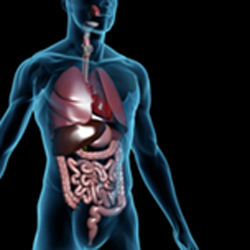 |
Exchange of materials
The exchange of materials between organisms and their surroundings, and across membranes within and between the cells of an organism are key to all the processes biologists recognise as being part of life. Biological membranes provide the opportunity for control of internal conditions, for concentrating useful chemicals and for generating electrical potential in living things. So, understanding the consequences of different exchange mechanisms is fundamental to an understanding of biology. |
| 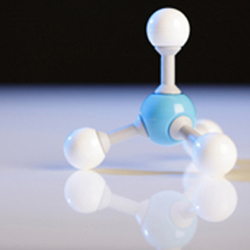 |
Biomolecules
Starting with enzymes and the factors that influence their activity, this area will develop practicals exploring the structures and functions of biomolecules including DNA, proteins, carbohydrates and lipids. |
| 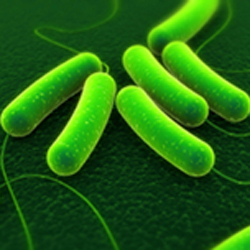 |
Health and disease
This area includes practicals modelling the effects of medicines on our bodies, the action of microbes spoiling food, and the anti-microbial effect of certain chemicals. Lifestyle choices are introduced in thinking about the impact of cigarette smoke in our lungs and in measuring the vitamin C content of some foodstuffs. |
| 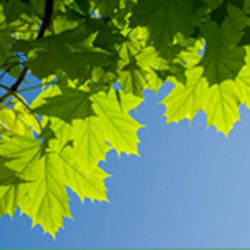 |
Environment
Here you will find details of techniques for fieldwork activities – identifying species present and comparing different habitats. The role of microbes in nutrient cycling is introduced here. Models for interactions in ecosystems will complete the picture. |
| 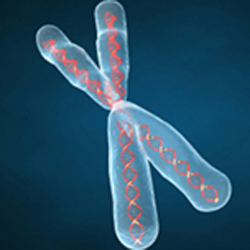 |
Genetics
Here are models and analytical techniques to explore how an understanding of the mechanisms of DNA replication and chromosome selection in gamete formation can explain some of the changing features of populations. |
| 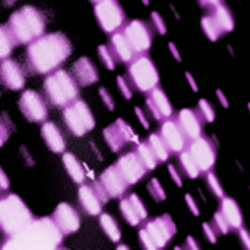 |
Technology
This area includes practicals related to commercial and otherwise useful applications of biological knowledge, and to technologies developed to help us monitor or understand biological systems. |
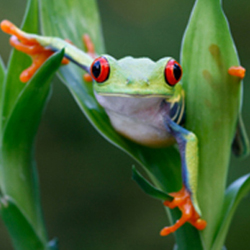 |
Animal behaviour
Manageable practicals to develop students' understanding of techniques used to analyse animal behaviour. |
|  |
Evolution
Practicals focussed on the elements of natural selection – variation, competition, inheritance, population growth – will help to explore the principles of the theory of evolution. |













